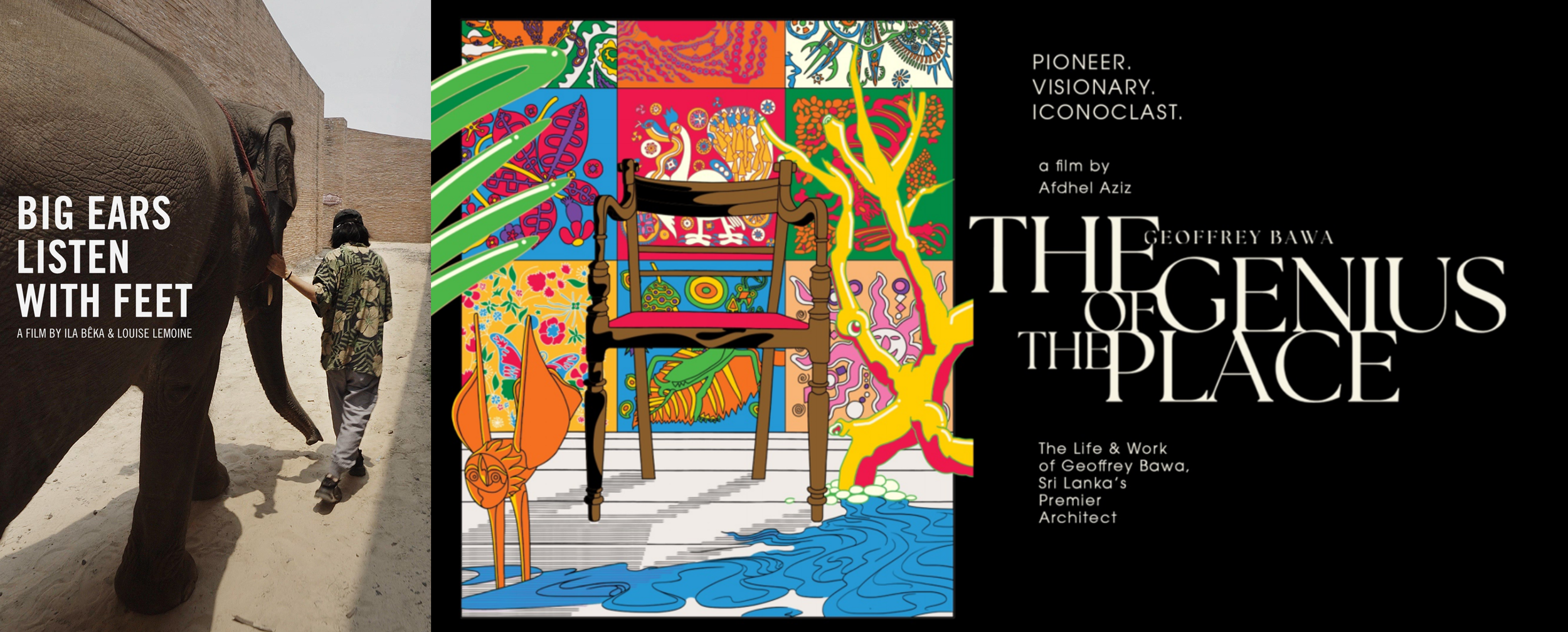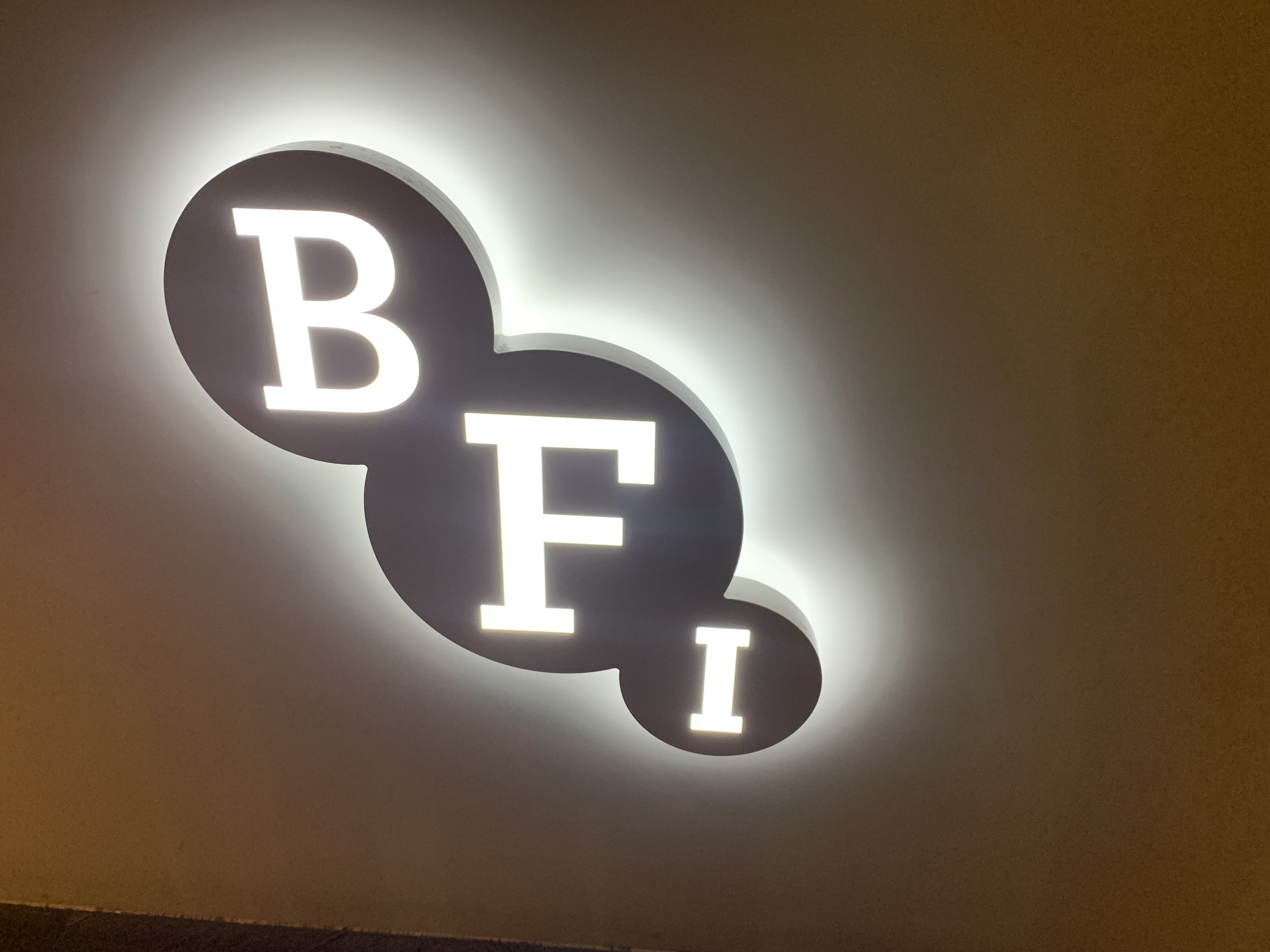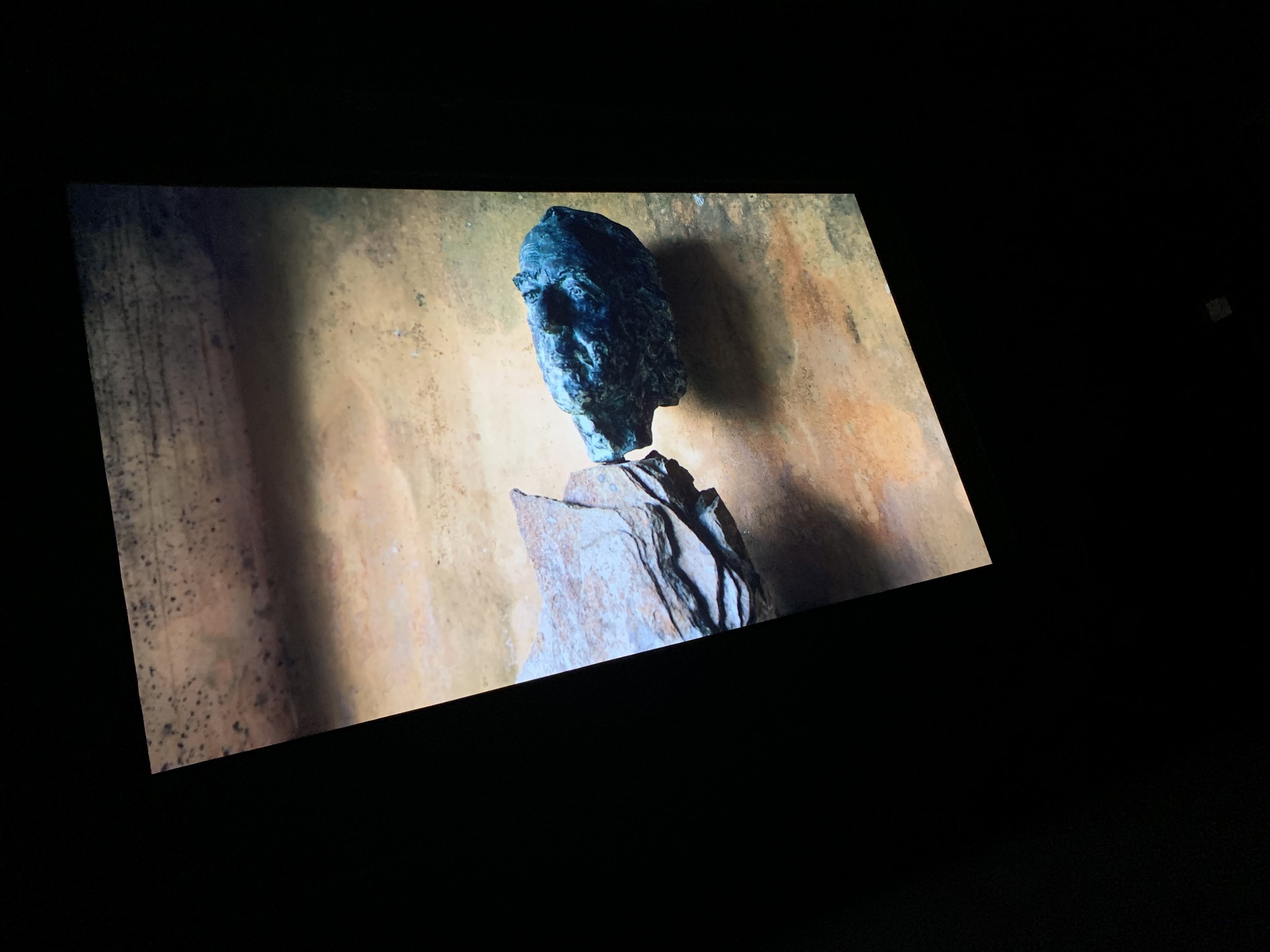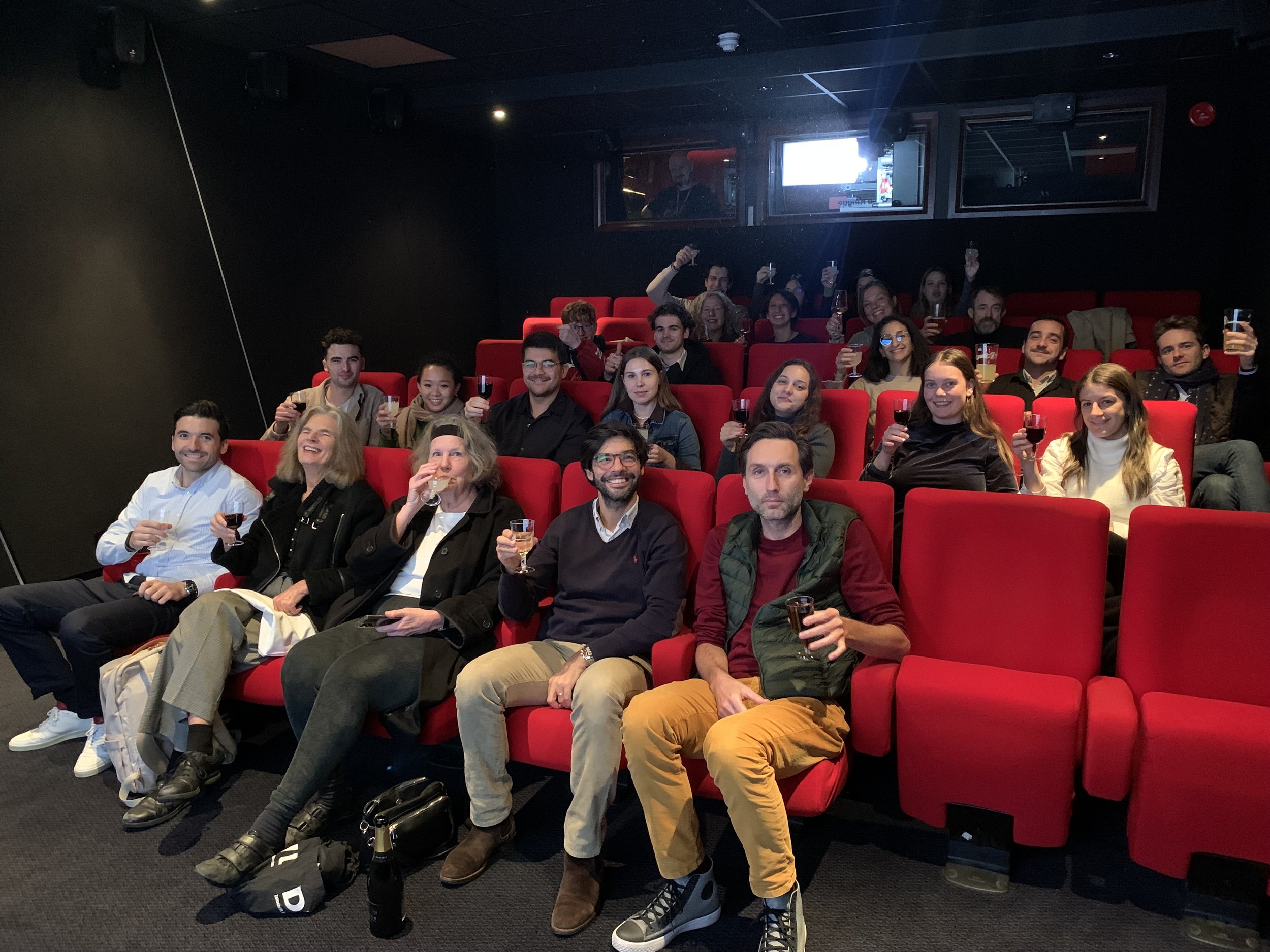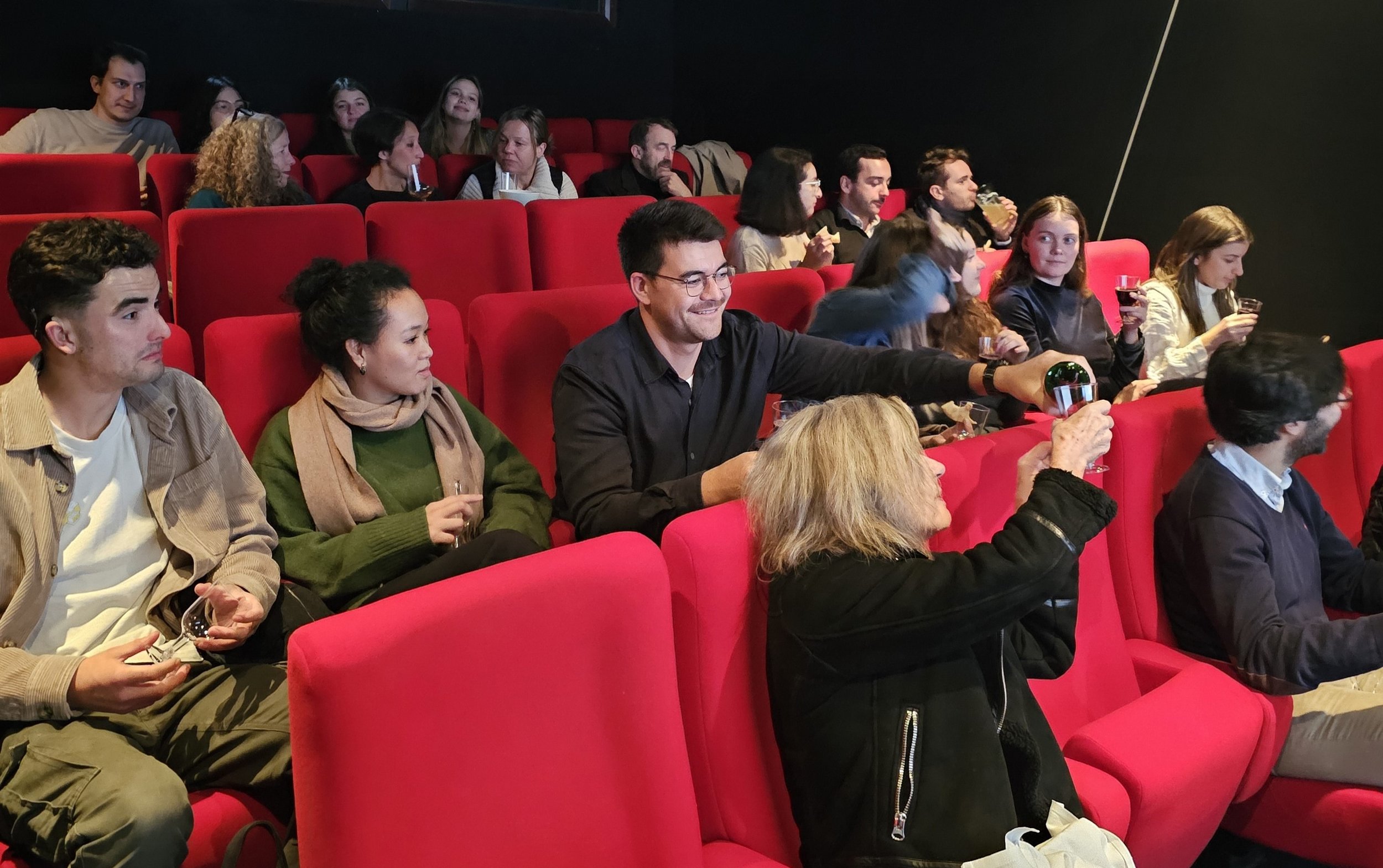US Embassy Tour
Fiona Mckay
AIA Members in the Ground Floor Consular Lobby below the Great Seal of the United States of America
On 16 Nov 2023, the US Embassy hosted the AIA UK in a private tour of their latest home in Nine Elms, Battersea. There has been an official American presence in London since John Adams, the first US minister, in 1785. Since then, the US “Embassy” - or more properly referred to as a “Legation” in the early days of this long standing international relationship - has had a variety of homes in London, including Great Cumberland Place; Piccadilly; 98 Portland Place; and 123 Victoria Street in Westminster.
In 1938, the Embassy was moved to 1 Grosvenor Square. The next Embassy was designed by Finnish American, modernist architect Eero Saarinen, and constructed in the late 1950s at the same Grosvenor location. This is the facility that many of us still relate to, having likely visited the iconic building in the past to renew passports and conduct other business as US citizens. It is now listed and is being converted into a luxury hotel. The latest Embassy, designed by KieranTimberlake, is no longer in well-established Mayfair but sits prominently in up-and-coming Nine Elms, overlooking the Thames.
The Architect received the commission to design the new Embassy and surrounding water and green spaces via a competition. Through the combination of the 100-foot set-back from the road and a series of water features, the site meets the State Department’s stringent security requirements at the same time it provides a fitting backdrop for a stately object building.
The cube-shaped building has a laminated glazing envelop with a transparent framework of ETFE on three sides, giving a textured 3D effect against a tightly wrapped glazed wall system. The ETFE on the east, west and south facing facades controls excessive solar gain and mitigates glare. This allows daylight throughout the building, while reducing the energy required to cool and light it.
I admit I was initially sceptical of the move to Nine Elms; however, having had the opportunity to tour the new Embassy I am now delighted with the result. On the evening of the tour, I approached the building from the northeast corner of the site, passing along curving pathways in the landscaped gardens to see the main building set on a large plinth above a protective pool.
Garden approach to the US Embassy London
Joining other waiting AIA visitors, we entered the Embassy through a pavilion on the eastern side into the main lobby where we were greeted by a large two storey space with a beautifully crafted US seal embossed on a limestone feature wall along with the engraved names of all previous ambassadors. We were then led through to the gallery, grand staircase, and events hall below.
From the events hall, we were able to tour the “belly” of the Embassy and explore the mechanical spaces of the building, which boasts LEED Gold and BREAM Outstanding ratings. We were then escorted via a series of lifts to the functional parts of the Embassy where “processing facilities” allow citizens to renew passports and other government business. Here, the spaces and finishes were carefully detailed and crafted, offering an environment a far cry from the mere functionality the Grosvenor Square facility.
The Embassy - with its emphasis on artwork and greenery - offers more than just traditional office interiors. Art plays a significant role in the overall presentation of the Embassy with a total of 19 major pieces. One hanging sculpture, which occupies the entirety of the Embassy’s gallery atrium, is a three-storey structure comprised of 32 ten-foot square panels. A mural entitled “We the People” includes fragments and full articles quoted from the U.S. Constitution. Each of the interior gardens is inspired by a different region of the United States, including the Canyon Lands, the Gulf Coast, the Midwest, the Potomac River Valley, the Pacific Forest, and the Mid-Atlantic Region.
Upon completion of the tour, the AIA guests were fortunate to partake of refreshments in the “Embassy Bar/ Restaurant”, enjoying a beverage while admiring stunning views of the London skyline north of the Thames. It is also noteworthy that American Embassy in London was funded entirely from proceeds of the sale of other U.S. government property in London.
The tour was hugely impressive, an evening to remember!
Written by Gregory Fonseca, AIA













